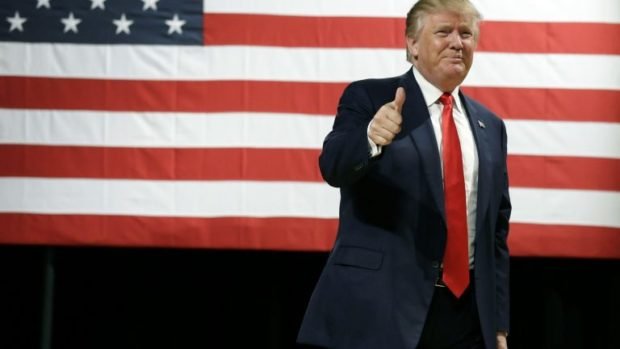VOODOO Food Economics
The USDA, in trying to increase participation in the SNAP or food stamp program, claims that for every dollar transferred to beneficiaries a  dollar and seventy-two cents in economic activity is generated.
dollar and seventy-two cents in economic activity is generated.
If we were to follow this mushy thinking to it’s logical conclusion, then if we all quit our jobs, closed our businesses and went on the program, we would live in a prosperous nation.
To illustrate this thinking, and expose it’s fallacy, suppose you have ten dollars to spend on food. The government takes one of those dollars from you, and gives it to someone else to spend on food. Now you only have nine dollars to spend on food, and someone else has one of your dollars.
It gets worse. It costs money in governmental bureaucracy to transfer your dollar to someone else, so by the time the recipient receives your dollar, it is only eighty-four cents. Now you have nine dollars to spend on food, and someone else has eighty-four cents.
Still it gets worse. Suppose instead of your original ten dollars, you only had nine dollars and sixty cents. The government takes your sixty cents, and borrows the other forty cents from China, at 3% interest, and gives you the bill. Now you have nine dollars to spend on food, but you owe China forty cents plus 3% interest on the forty cents, and someone else has eighty-four cents to spend on food.
The Chinese are better off by $0.012 (the interest on the forty cents borrowed in your name), the government is better off by $0.16 (administrative costs), but you are worse off by $1.012
Now instead your original $9.60 to spend on food, you only have $8.588 and the person your money was taken to help has $.084, making the total amount to spend on food $9.428
Wouldn’t it be better to improve the job outlook by putting into practice the recommendations of Obama’s own Jobs Czar Jeff Immelt, who told CNN in September of 2011 the way to create jobs in America was to create a stable and predictable tax environment with lower corporate rates and closed loopholes to be competitive with other countries, smaller government, reduced debt and deficit, a trained workforce, a friendlier regulatory environment, and more certainty on health care costs and regulations.




